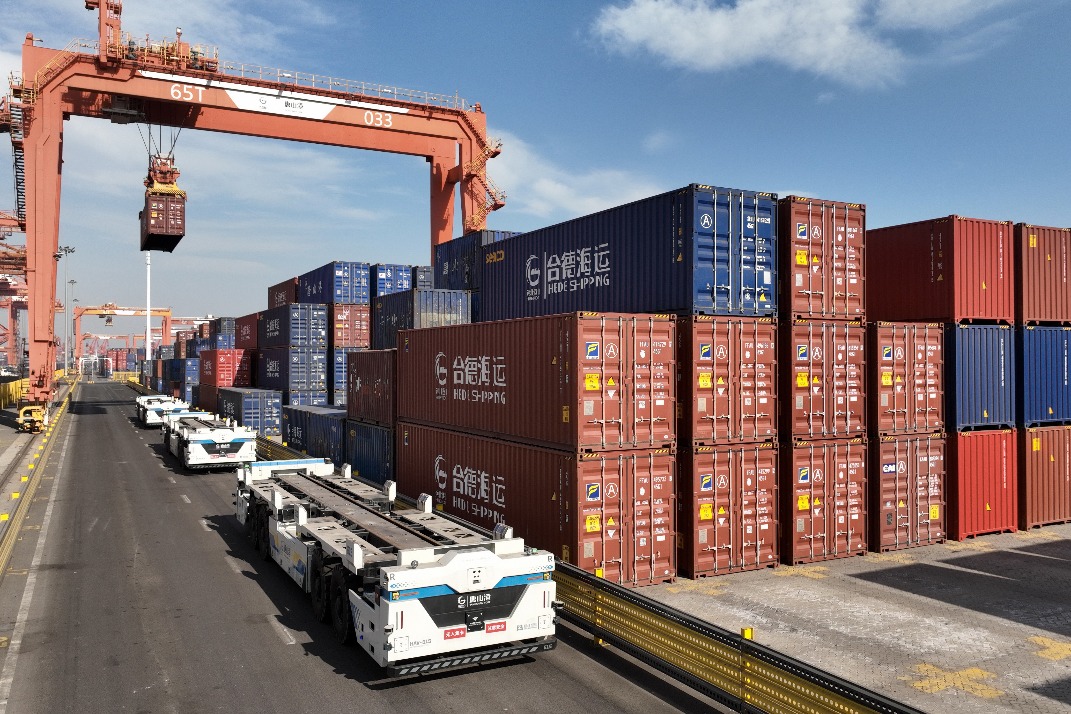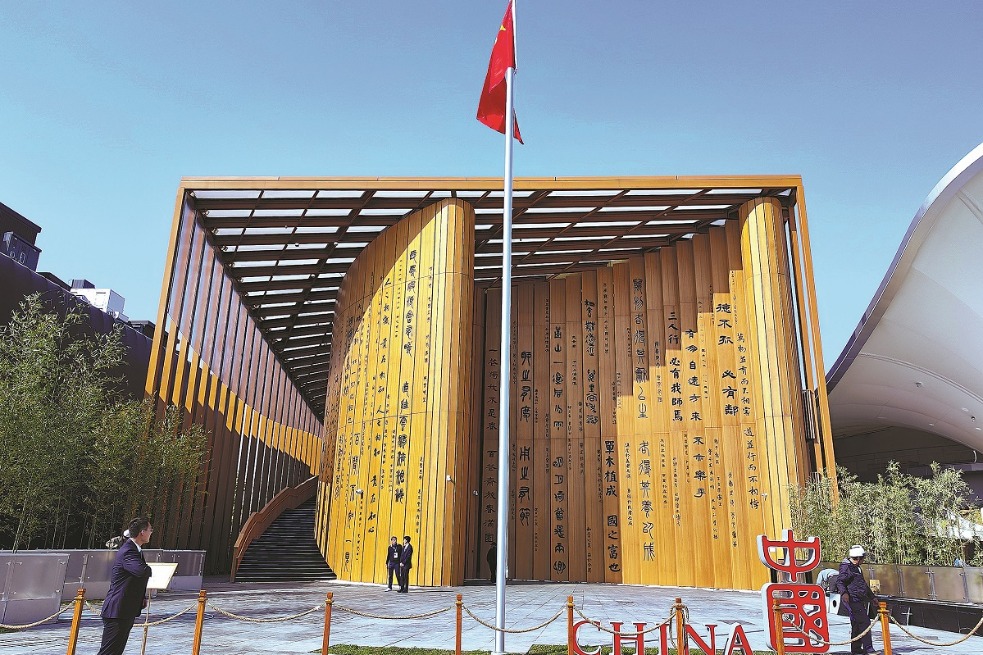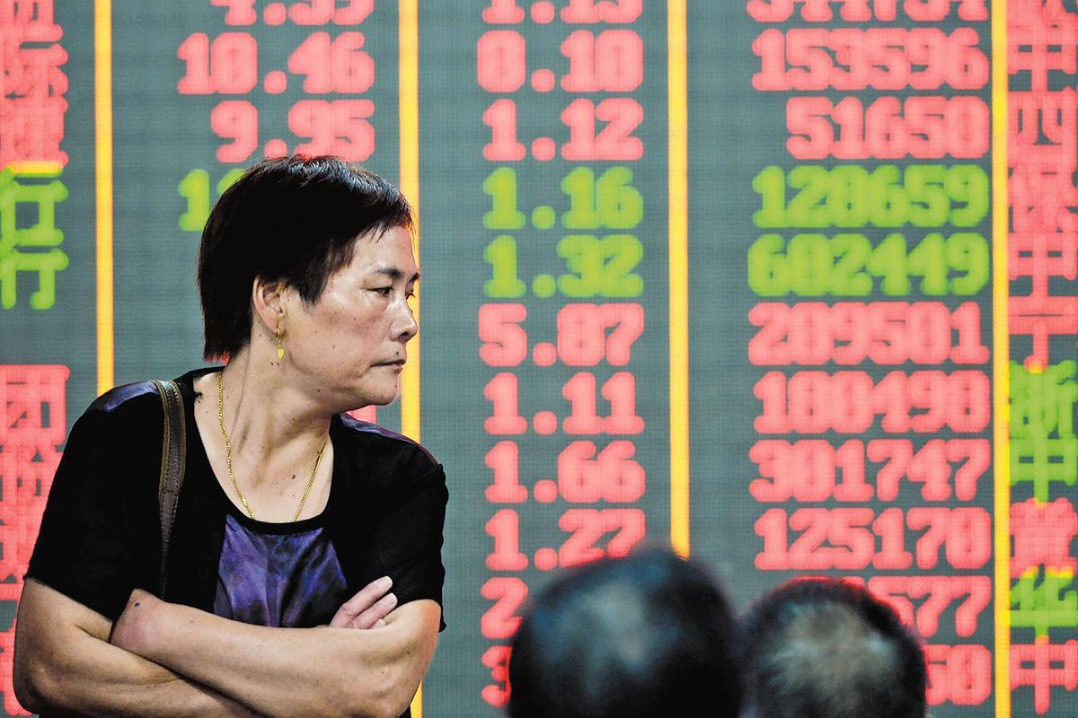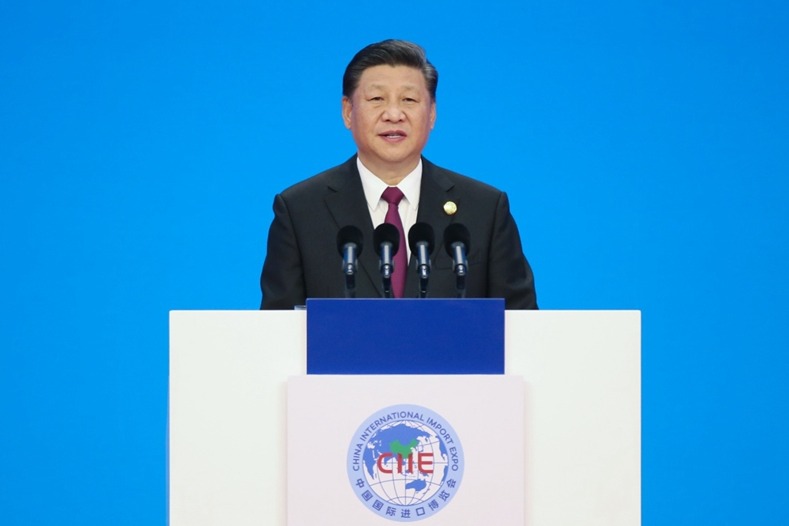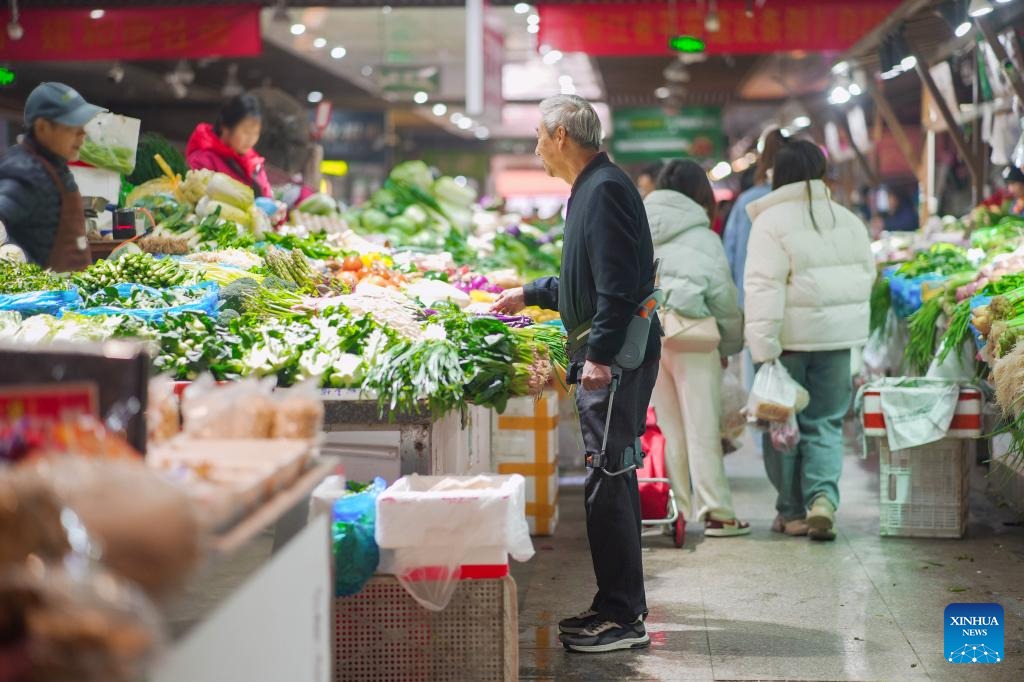Intercultural communication crucial in the contemporary era
By Ali Abbas | chinadaily.com.cn | Updated: 2020-08-13 09:40
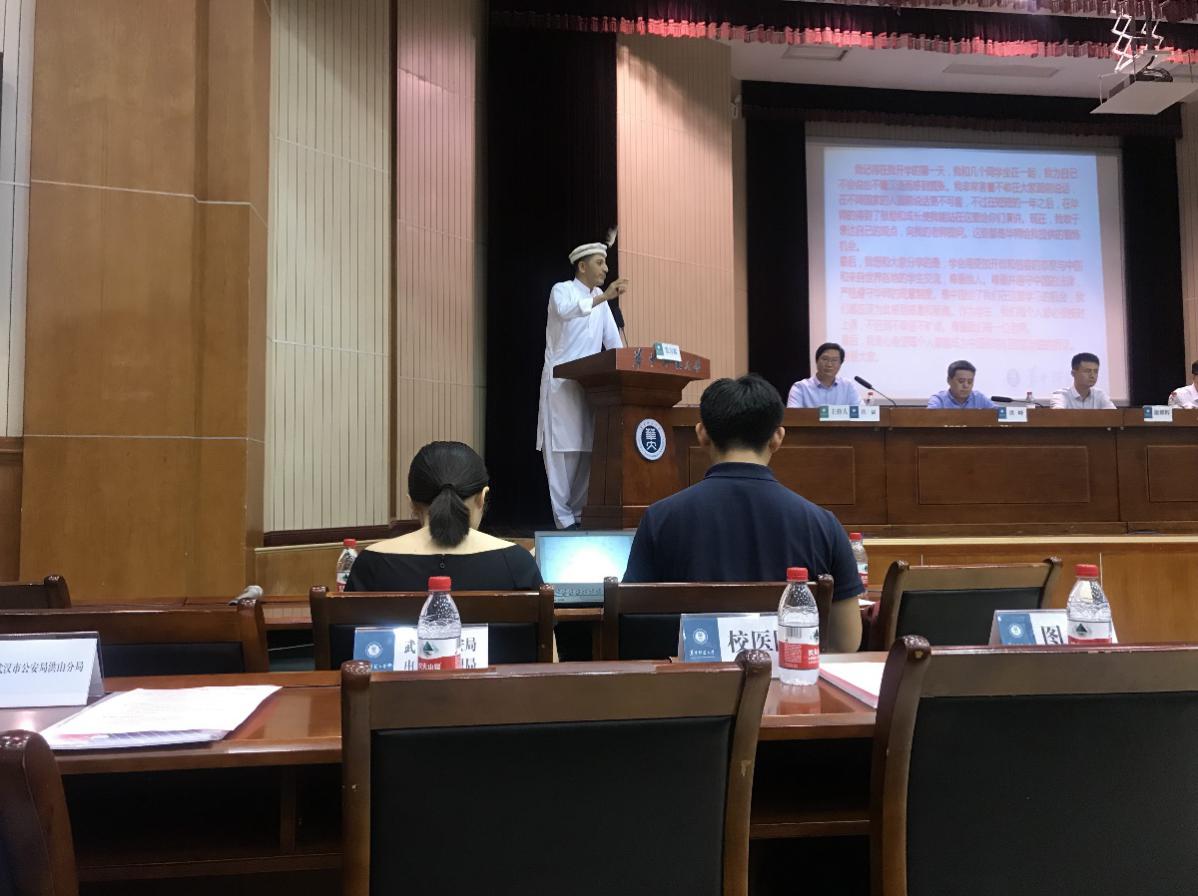
Today the world has become a global village thanks to globalization. The advancement of technology and development of human intellect are growing every day. In this flow of information, the world is experiencing both positive and negatives changes in society.
However, ongoing innovations in technology every passing moment open a new path for societal change. In such a globalized world, many underdeveloped nations have a fear that their identity will be marginalized or even disappear as developed civilizations expand. Such fear of identity can create a sense of hopelessness in underdeveloping societies, maybe this fear can lead toward conflict and instability in the globalized world.
Intercultural communication is important in the contemporary era. Therefore many scholars also believe in cross-cultural communication among individuals and social groups. Because it is the only hope for underdeveloping nations to introduce their cultural identity with other nations of the world.
Intercultural communication basically discusses the wide range of processes and issues that emerge within the organization or society made up of individuals from different groups with different backgrounds. In this condition, it seeks to understand how people from different background, different countries and cultures act, and how they communicate with people around them. Today's the need for communication among people of the world from different backgrounds has risen. So language is a way of communication among the people but it is also an obstacle for the people from different backgrounds.
China is the second-largest economy in the world. Indeed China is an ancient civilization with strong cultural values. As an immediate neighbor, Pakistan has been affected by its neighboring country. With this flow of cultural values from the neighboring nation, Pakistani society seeks intercultural communication. Definitely without dialogue, without knowing other cultural values the region cannot be called a developed region.
The China-proposed Belt and Road project brings cultural flow from China to the world, and this project considers a tool for cultural dialogue among nations as well. The China-Pakistan Economic Corridor also considers the project for both nations economic development. But I consider this project is also a tool for the projection of cultural values, identity, and ideology of both nations.
The cultural diversity of Pakistan and China should be studied because of the rapidly increasing China's involvement in Pakistan business market and also in the context of rich and cultural values of China. The Chinese culture is highly comprehended and rich as compared to Pakistan, therefore the study and also an intercultural dialogue between these two nations is need of the time.
The initiatives taken by the Chinese government has been appreciated, it opened the doors for the students of different background for higher education. This opportunity provides individuals from various countries to come to China and introduce Chinese cultural norms and values.
Likewise, many Pakistani students are coming to China every year for higher education. This is the best opportunity for students to learn the Chinese language, norms, values, and culture. So these initiatives bring hope in the society, a positive perception toward other nations, and also for their own cultural values.
The diversity of cultural values is deeply understanding while engagement of the different projects of China in Pakistan. So they can manage the teams by observing the cultural diversification and enhance their own learning from the societal environment.
The culture is like a lifeline for both China and Pakistan. Indeed Pakistan also a culturally rich country with historical roots. Its need of time to preserve the culture from the diffusion of different cultural effects on Pakistan.
This is the age of globalization, most powerful cultural values and their identities may challenge the local and domestic cultural values. For the preservation of culture, Pakistan needs to introduce its culture to the whole world. CPEC is an infrastructure and connection of roads to entire Pakistan with other countries.
The people of Pakistan can build markets, hotels, products, shops, and routes like other countries. Due to these hope for better education, better cultural cooperation, and enhancement. Because of cultural activities, both Chinese and Pakistani nations are coming close. This combination of two great nations will benefit both diversified societies.
A new culture in the region is in creation. The new era in this region will be seen with new colors. The route of CPEC will not only provide a means of business and products but also the transfer and introduction of new social customs, values, languages, and beliefs from different backgrounds. The connection increases the people–to-people communication and relationship.
The CPEC as the junction of economic and cultural values in the region will provide Pakistan nation to promote its own values and cultural norms to the world. This will introduce the culture of Pakistan regionally as well as globally.
Besides these CPEC also facilitates in bridging the gap between the different societies of the region, it is regional connectivity which can lead towards the world connectivity. The most constructive side of these joint programs could be the expansion of information, research and development, and technological advancements. This is a significant symbol of progress and evolution. Intercultural communication bring outgrowth in trade relations, new innovations in technical field, expansion, and assistance.
The author is a PhD scholar at the School of Politics and International Studies.
Central China Normal University Wuhan, PR China.
The opinions expressed here are those of the writers and do not necessarily represent the views of China Daily and China Daily website.





